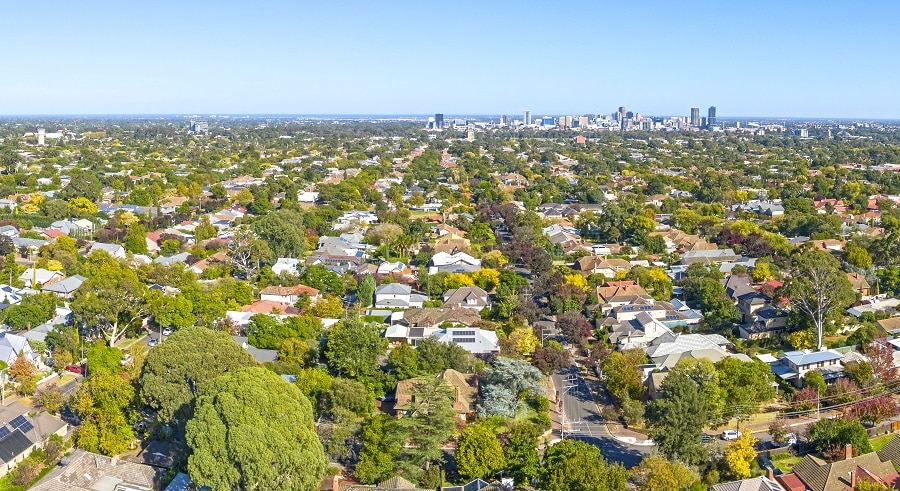What’s a ‘regulated’ tree and are they protected?

Have you ever wanted to chop down a tree, or prevent a tree from being chopped down?
Maybe you’ve wondered if a tree that has a single trunk with a circumference of 1m or more, when measured 1m above natural ground level, is a regulated tree?
First up – yes, it is a regulated tree. As you can see, the definition is quite specific, and there are several rules regarding the treatment of regulated trees.
The definition also includes trees that have multiple trunks with a total circumference of 1m or more, and an average circumference of 310mm or more, when measured 1m above natural ground level.
In addition, there are definitions for girthier significant trees, which are:
- Trees with a single trunk and a circumference of 2m or more measured at a point 1m above natural ground level
- Trees with multiple trunks with a total circumference of 2m or more, and an average circumference of 625mm or more when measured 1m above natural ground level.
Under the Planning, Development and Infrastructure Act 2016, any proposed activity that could damage a regulated tree is considered development, and therefore requires development approval. This applies to:
- Tree removal
- Killing or destruction of a tree
- Branch or limb lopping
- Ringbarking or topping
- Any substantial damage to the tree, including its root system.
The rules around significant trees are stricter, and you may be required to provide an expert’s report when applying to remove or extensively prune a significant tree.
Fines of up to $120,000 apply for breaking the rules, so before you fire up the chainsaw, contact your local council.

I’ve just bought a chainsaw – are there exemptions to the rules?
You can carry out maintenance pruning without seeking development approval if:
- Pruning is unlikely to affect the health of the tree
- You remove no more than 30 per cent of the crown
- Pruning of branches or roots doesn’t occur more than every five years
- You’re removing dead or diseased wood, or the tree is dead
- You’re removing branches that pose a material risk to buildings or areas frequently used by people.
This also applies to neighbours’ trees encroaching on your property, though you might want to speak with them before you start chopping.
If urgent work is needed to make a tree safe, it can be carried out – usually by the State Emergency Service or local council – without first receiving approval. However, a development application must be lodged by the tree’s owner as soon as possible after the work is undertaken.
There’s an extensive list of tree species exempt from the regulated tree rules, however you’ll need to seek advice if they fall within the significant tree definitions.

Where do the rules apply
The rules only apply in metropolitan Adelaide, towns in the Adelaide Hills Council, and parts of the Mount Barker Council.
Country areas are covered by the Native Vegetation Act 1991, while some parts of Adelaide are covered by both Acts.
To find out if a tree of interest is covered by the Planning, Development and Infrastructure Act 2016, and/or the Native Vegetation Act 1991, enter its location on the South Australian Property and Planning Atlas website.
There are many other rules, exemptions and conditions relating to regulated and significant trees. For more information, visit the PlanSA Frequently Asked Questions page.

